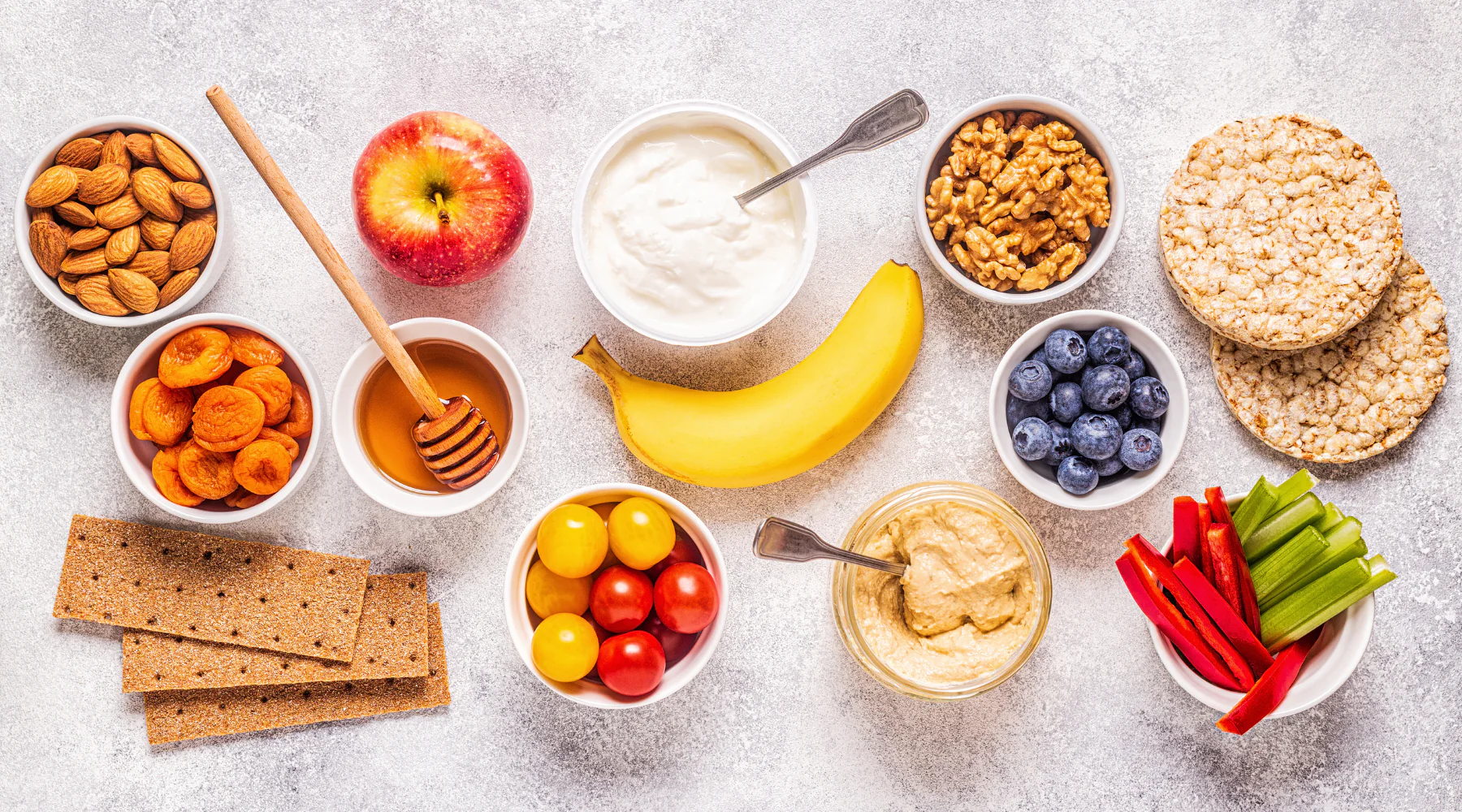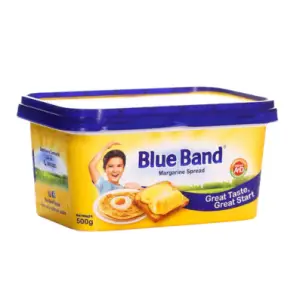Total: ₨3,185.00

Essential Tips for Maintaining Quality in Storing Healthy Food
Maintaining the quality of healthy food is crucial to ensure its nutritional value and taste. Proper storage techniques can prevent spoilage, extend shelf life, and keep your food safe to eat. Here are some essential tips for storing various types of healthy foods:
1. Fruits and Vegetables:
- Refrigeration: Most fruits and vegetables should be stored in the refrigerator to maintain freshness. Use the crisper drawer to regulate humidity and keep produce crisp. However, some fruits like bananas, avocados, and tomatoes should be kept at room temperature until they ripen.
- Separate Storage: Store fruits and vegetables separately, as some fruits release ethylene gas, which can speed up the ripening and spoilage of nearby vegetables.
- Wash Before Use: Only wash fruits and vegetables right before you eat or cook them to prevent mold growth and spoilage.
2. Grains and Legumes:
- Airtight Containers: Store grains and legumes in airtight containers to keep out moisture and pests. Glass jars, plastic containers, and metal canisters work well for this purpose.
- Cool, Dry Place: Keep these containers in a cool, dry place, such as a pantry or cupboard, to prevent exposure to heat and humidity, which can cause spoilage.
3. Dairy Products:
- Proper Refrigeration: Store dairy products like milk, yogurt, and cheese in the coldest part of the refrigerator, usually the back of the top shelf. Ensure the fridge is set to the appropriate temperature (below 40°F or 4°C).
- Seal Tightly: Keep dairy products tightly sealed to prevent contamination and odors from other foods.
4. Meat, Poultry, and Fish:
- Refrigeration and Freezing: Store fresh meat, poultry, and fish in the refrigerator if you plan to use them within a few days. For longer storage, freeze these items. Wrap them tightly in plastic wrap or foil, and place them in freezer bags to prevent freezer burn.
- Defrost Safely: Thaw frozen meat, poultry, and fish in the refrigerator, not on the counter, to prevent bacterial growth.
5. Nuts and Seeds:
- Airtight Containers: Like grains, nuts and seeds should be stored in airtight containers to keep them fresh and prevent rancidity.
- Cool Storage: Keep nuts and seeds in a cool, dark place, or refrigerate them to extend their shelf life.
6. Bread and Baked Goods:
- Room Temperature: Store bread and baked goods at room temperature in a bread box or paper bag to maintain freshness. Avoid plastic bags, which can trap moisture and lead to mold growth.
- Freezing: For longer storage, freeze bread and baked goods. Wrap them tightly in plastic wrap and place them in freezer bags. Thaw at room temperature when ready to use.
7. Oils and Condiments:
- Cool, Dark Place: Store oils and condiments in a cool, dark place, such as a pantry, to prevent oxidation and spoilage. Some oils, like olive oil, can be refrigerated to extend their shelf life.
- Tightly Sealed: Keep containers tightly sealed to prevent exposure to air and moisture.
General Tips:
- Check Expiry Dates: Regularly check the expiry dates on your food items and use the oldest items first to prevent waste.
- Label and Date: Label and date your food items, especially those stored in the freezer, to keep track of their freshness.
- Clean Storage Areas: Keep your refrigerator, pantry, and storage containers clean to prevent contamination and pest infestations.
By following these essential tips, you can maintain the quality and nutritional value of your healthy frozen foods, ensuring they stay fresh and safe for consumption. Proper storage not only helps you get the most out of your groceries but also contributes to a healthier and more sustainable lifestyle.
– Sabzi Bazar –


